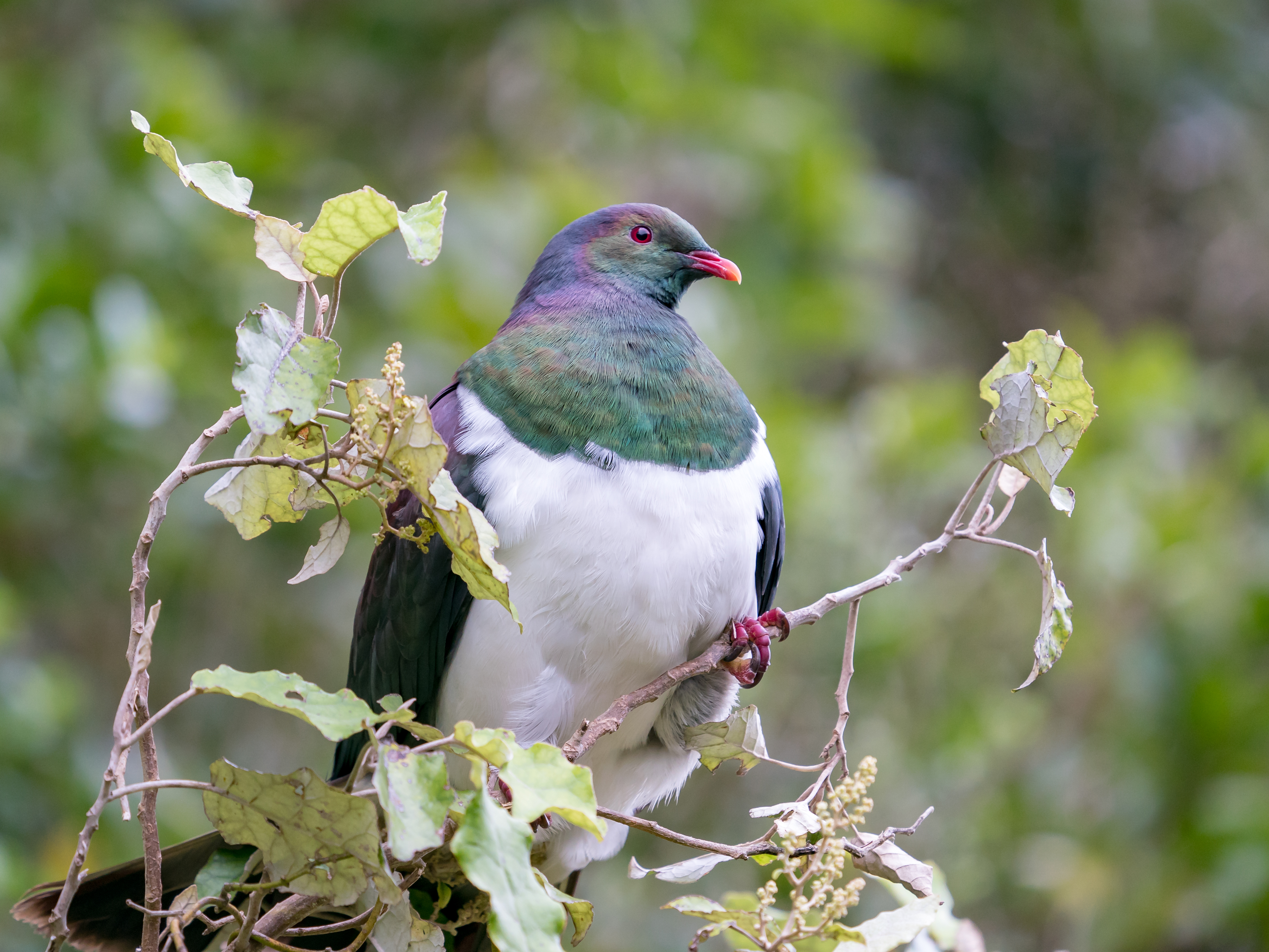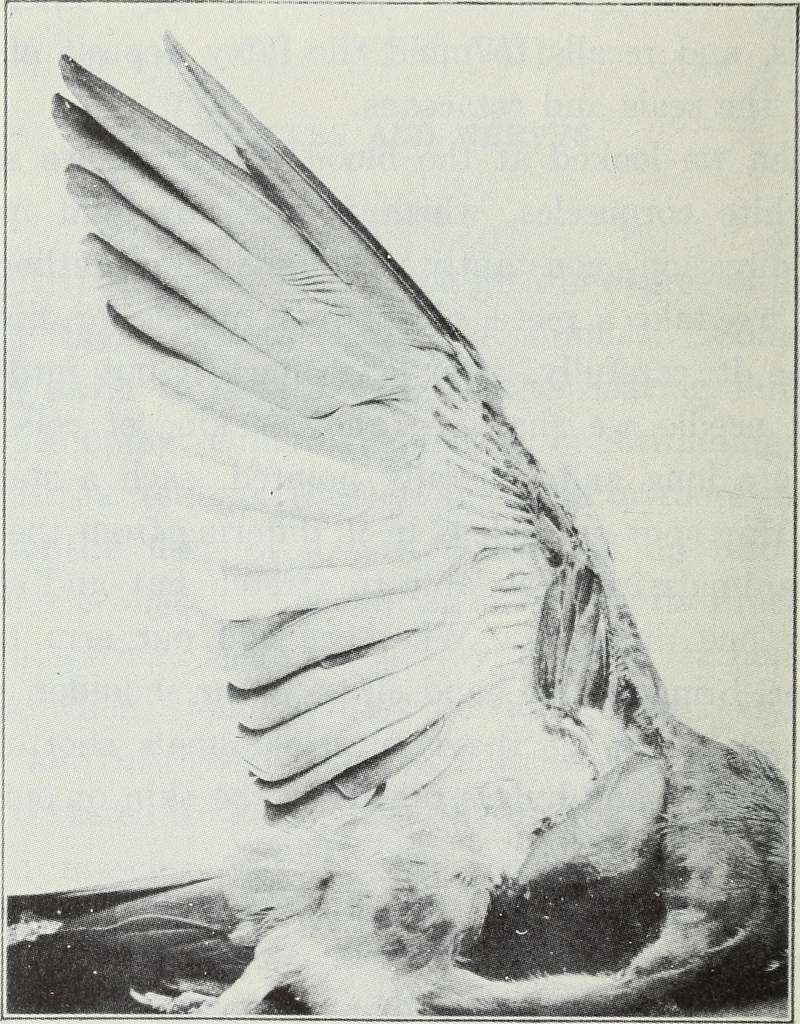Introduction

Weight plays a crucial role in understanding birds and their unique characteristics. In this article, we will explore the definition of weight and its significance in the avian world. We will also provide an overview of the different types of birds and their corresponding weights, highlighting the wide range of sizes and variations within avian species.
Definition of Weight and its Importance
Weight is the measure of the force exerted by an object due to gravity. Understanding bird weight is essential for several reasons. It helps assess their overall health, flight capabilities, foraging habits, and migration patterns. Additionally, bird weight assists in identifying different bird species based on their characteristic weight ranges.
Overview of Different Types of Birds and Corresponding Weights
The avian world encompasses incredible diversity, ranging from tiny hummingbirds to majestic flightless birds. Bird weight can vary significantly based on species, age, sex, and individual variation. Here are some general weight categories that illustrate the diversity of bird sizes:
- Micro-birds: Hummingbirds and wrens weigh as little as a few grams.
- Small birds: Sparrows, finches, and warblers weigh around 10-50 grams.
- Medium-sized birds: Pigeons, doves, and thrushes weigh 50-200 grams.
- Large birds: Ducks, geese, and hawks can weigh several hundred grams to several kilograms.
Please continue reading to delve deeper into bird weights by species, explore the factors that impact bird weight, discuss bird weights in the wild, and examine methods for measuring bird weights. By gaining a comprehensive understanding of bird weights, we can unravel fascinating insights into the avian world and its intricate dynamics.
Factors That Influence Bird Weight
Understanding the factors that impact bird weight is crucial for comprehending the variations observed in different species. Several factors can influence bird weight, including diet, age, gender, body type, activity level, and time of year.
Diet
A bird’s weight is directly influenced by its diet. Birds with high-calorie diets, primarily feeding on seeds and nuts, tend to be heavier than those with low-calorie diets, such as insectivorous or nectar-feeding birds. The availability of food sources and feeding habits also play a role in determining bird weight.
Age
Bird weight can vary significantly depending on age. Young birds, like nestlings and fledglings, tend to have lower weights compared to adult birds. As birds mature, they typically gain weight due to muscle and bone development.
Gender

In many bird species, there is a noticeable weight difference between males and females. This difference is often related to reproductive roles and behaviors. Males may be larger and heavier than females, or vice versa, depending on factors such as courtship displays, territorial defense, or incubation requirements.
Body Type
Different bird species exhibit varying body types and structures, which can influence their weight. Birds with larger body sizes and robust builds generally weigh more than smaller, more slender species. Factors like feather density and bone structure also contribute to a bird’s overall weight.
Activity Level
The activity level of a bird can impact its weight. Birds that engage in high-energy activities, such as long-distance migration or extensive foraging, may have different weight profiles compared to sedentary species. Increased physical activity can lead to higher muscle development and, consequently, higher weight.
Time of Year
Bird weight can also vary depending on the time of year. Seasonal changes in food availability, reproductive cycles, and migration patterns can influence bird weight. For instance, birds preparing for migration may undergo physiological changes, including fat accumulation, to fuel their long journeys.
By considering these factors, researchers and bird enthusiasts can better comprehend the diverse range of weights observed among bird species.
Bird Weights in the Wild

Birds come in a wide variety of species, and their weights in the wild can vary significantly. The average weight of a bird depends on factors such as species, age, sex, and geographical location.
Different Bird Species and Their Average Weights
Some of the largest bird species in the world include the ostrich and the emu. The ostrich, native to Africa, is the heaviest bird and can weigh up to 220 kilograms (485 pounds). The emu, found in Australia, typically weighs around 36 to 45 kilograms (79 to 99 pounds).
In the raptor family, which includes hawks and eagles, weight varies depending on the specific species. Medium-sized raptors typically weigh between 0.5 to 7 kilograms (1.1 to 15.4 pounds). For example, the red-tailed hawk has an average weight of about 1.1 kilograms (2.4 pounds), while the bald eagle weighs approximately 4 to 7 kilograms (8.8 to 15.4 pounds).
Smaller bird species, such as sparrows or finches, generally have weights ranging from a few grams to a few dozen grams. A house sparrow, for instance, typically weighs around 25 to 40 grams (0.9 to 1.4 ounces).
Factors Affecting the Weight of Wild Birds

Several factors can influence the weight of wild birds:
-
Food availability: The abundance and nutrient content of food sources in the bird’s habitat greatly influence its weight. Birds with access to abundant and nutrient-rich food tend to have healthier weights.
-
Seasonal variations: Some bird species undergo seasonal weight fluctuations due to factors like migration and breeding. Migratory birds may gain weight before long journeys to ensure they have enough energy reserves. Breeding birds may also experience weight changes as they invest energy into reproduction.
-
Environmental conditions: Harsh environmental conditions, such as extreme temperatures or limited food resources, can impact bird weight. Birds may lose weight during periods of food scarcity or when exposed to extreme weather conditions.
-
Predation pressure: The presence of predators can influence the weight of wild birds. Birds may maintain lower body weights to enhance agility and flight performance, making them less susceptible to predation.
-
Disease and parasites: Illnesses and parasite infestations can lead to weight loss and negatively impact a bird’s overall health.
Understanding the average weights of different bird species in the wild and the factors that can affect their weight provides valuable insights into their biology, ecology, and overall well-being.
In the next section, we will explore different methods for measuring bird weights and what factors to consider when doing so.
Measuring Bird Weights

Accurately measuring bird weights is essential for understanding avian biology and supporting conservation efforts. Various methods cater to different bird species and research requirements. Let’s explore these methods and the factors to consider for accurate measurements.
Methods for Measuring Bird Weights
Scale Method
The scale method is the most accurate and widely used approach. Scales designed for weighing birds provide precise measurements. The bird is carefully placed on the scale, and its weight is recorded. This method ensures reliability and consistency.
Spring Balance Method
When a dedicated bird scale is not available or for larger bird species, the spring balance method can be used. A spring balance or hanging scale measures the force exerted by the bird’s weight. Although less precise, it still provides valuable weight measurements.
Indirect Methods
In situations where direct weighing is not feasible, researchers may use indirect methods. These methods estimate bird weights based on correlations or formulas using body measurements like wing length or feather volume. While less accurate, they can be useful when precise measurements are challenging.
Factors to Consider When Measuring Bird Weights
To ensure accurate and reliable data, several factors should be considered:
Safety and Comfort
Gentle handling techniques and proper protocols minimize stress and ensure the bird’s safety, contributing to more accurate measurements.
Standardization
Following standardized protocols and techniques enhances consistency and comparability of measurements, facilitating meaningful comparisons across studies or populations.
Timing
Weighing birds under similar conditions, such as before or after specific activities or at consistent times of the day, minimizes confounding variables that could affect weight measurements.
By employing appropriate methods and considering these factors, researchers can obtain accurate bird weight measurements, providing valuable insights into avian biology, ecology, and conservation efforts.
Conclusion

Understanding bird weights is crucial for studying their biology, tracking population trends, and assessing the impact of environmental factors on avian health. By utilizing appropriate measurement techniques and prioritizing the well-being of birds, researchers contribute to the knowledge and conservation of these fascinating creatures. Bird weights offer insights into avian diversity, behavior, and ecosystem dynamics, guiding conservation strategies for their survival and well-being.
Frequently Asked Questions
Frequently Asked Questions
Q1: How much does the average bird weigh?
A1: The average weight of a bird can vary greatly depending on the species. Smaller bird species, such as sparrows or finches, generally weigh a few grams to a few dozen grams. Larger birds, such as ducks or hawks, can weigh several hundred grams to several kilograms.
Q2: What is the heaviest bird in the world?

A2: The ostrich holds the title for the heaviest bird in the world. Native to Africa, it can weigh up to 220 kilograms (485 pounds).
Q3: Do male and female birds weigh the same?
![]()
A3: In many bird species, there is a noticeable weight difference between males and females. This difference is often related to reproductive roles and behaviors. Males may be larger and heavier than females, or vice versa, depending on factors such as courtship displays, territorial defense, or incubation requirements.
Q4: How do researchers measure bird weights?

A4: Researchers measure bird weights using various methods. The most accurate approach is using scales specifically designed for weighing birds. Spring balances or indirect methods, such as estimating weight based on body measurements, are also used when direct weighing is not feasible.
Q5: What factors can affect a bird’s weight?

A5: Several factors can influence a bird’s weight, including its diet, age, gender, body type, activity level, and the time of year. Birds with high-calorie diets tend to be heavier, and young birds generally have lower weights compared to adults. Additionally, physical activity, seasonal variations, environmental conditions, predation pressure, and disease or parasite infestations can impact a bird’s weight.


Leave a Reply